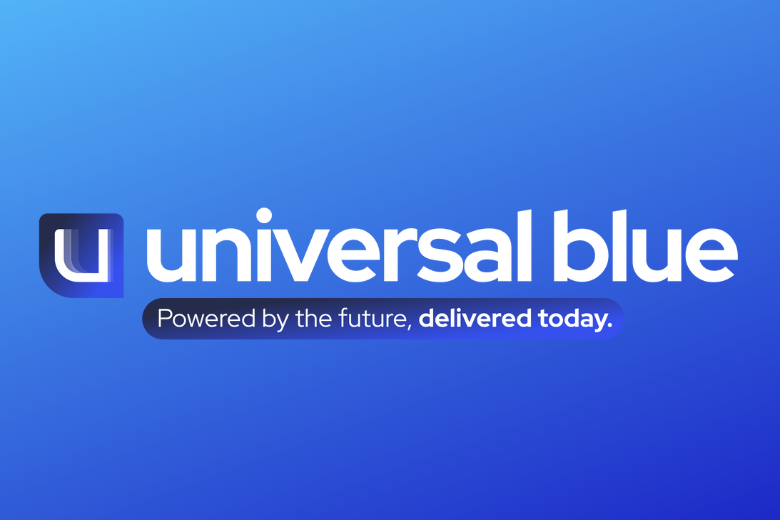The secret to Linux workstation peace of mind
In our inaugural Deep Dive session in The Server Room, I gave a demo of my Linux workstation setup. (Deep Dive sessions are part of the recurring events program in my DevOps membership community.) In my demonstration, the operating system did, of course, take centre stage. After my community members, it now your turn to learn why I’m installing Bluefin as my Linux OS whenever possible.
First, what is Bluefin? Bluefin is a variant of Fedora Silverblue, which in turn is the “atomic” variant of Fedora’s Workstation distribution. Before we get into what makes Bluefin special, let me explain briefly what an atomic Linux distribution is.
The power of the atom(ic)
Traditional Linux distributions use their specific package manager to set up the initial operating system. Later on, you use the same package manager to add, update or remove packages depending on your needs. This is how most distributions work, but it has significant downsides. Package management can go horribly wrong. One of the best-known examples in recent history was Linus Sebastian destroying his whole Linux installation just by trying to install Steam. Of course, this event made huge waves on his YouTube channel “Linus Tech Tips”.
Atomic Linux distributions aim at eliminating the risk of bricking your machine. They take a page out of the version management playbook by maintaining multiple variants of the operating system installation. Adding, updating or removing packages all happens on a clone of the current OS setup. In consequence, these changes will only take effect next time you reboot the machine. And should the new version have any kind of glitch, you can switch back to the previous working version simply by choosing it from the boot menu.
Separating OS and user apps
The best way to keep this mechanism robust, and at the same time retain flexibility in your software selection, is to install user applications independently of the OS. On Bluefin, the preferred method of installing GUI applications is via Flatpak. Flatpak is a package manager that keeps applications “sandboxed” for improved security. The common way to install command line applications is inside Linux containers managed by Podman. This might sound like a tedious endeavour, but there are two tools that make this process easy and seamless. They do so by integrating the containers tightly with the host system. For example, they automatically mount your home directory into the container, which makes your individual configuration and data files available inside the container. Even if you don’t use an atomic Linux distribution, I recommend you have a look at Toolbx and Distrobox.
The two main atomic distributions from Fedora are Silverblue and Kinoite. They differ in the desktop environment they run, GNOME and KDE, respectively. They’re already great but Universal Blue makes them even better.
Bluefin is the Fedora we deserve
The Universal Blue team builds custom OCI/Docker images to deploy the operating system, a feature that isn’t yet available in official Fedora. In consequence, OS updates are downloaded efficiently from a container registry. The main Universal Blue spins are Bazzite, Aurora, Ucore and Bluefin. They all add specific applications, tools, hardware support, and quality-of-life improvements on top of their upstream distributions. Bazzite, for example, aims at an improved Linux gaming experience, and adds support for a range of gamepads and the proprietary NVidia drivers.
With Bluefin, Universal Blue targets the majority of Linux users. For this reason, it adds a bunch of useful applications and extensions to Silverblue’s GNOME desktop environment. It also comes with support for popular hardware such as NVidia GPUs, Framework and even Surface laptops. Its extended version “Bluefin DX” (for “developer experience”) adds tooling that software developers will appreciate, such as the VS Code development environment and the Homebrew package manager. Homebrew is popular on macOS and a viable alternative to the container-based environments I mentioned above. Finally, if you prefer KDE over GNOME, Aurora is there waiting for you.
Additional to what feels like a very solid software collection, Bluefin adds quality-of-life improvements that make its everyday use a pleasure. For example, it installs a daily background job that automatically performs upgrades on all relevant software. It not only upgrades the base OS, but also the installed Flatpaks, and even all the Toolbx and Distrobox containers. Every time you boot your laptop, you can be sure you will work with the latest software versions.
This is how I think a Linux distribution should function in 2024: robust, practical and convenient. It’s why I’m installing Bluefin on all my machines, and even machines I set up for family members. It’s the most low-maintenance Linux experience I’ve ever had. For more information and a peek into the work of the Universal Blue team, watch Noel Miller’s talk from the F40 Release Party!

